Introducing The Creative Business Handbook by the Women Behind Create! Magazine

“We’ve spent the last 10+ years learning what it takes to run our companies and we want to share our biggest takeaways and best advice with others.”
Alicia Puig and Ekaterina Popova
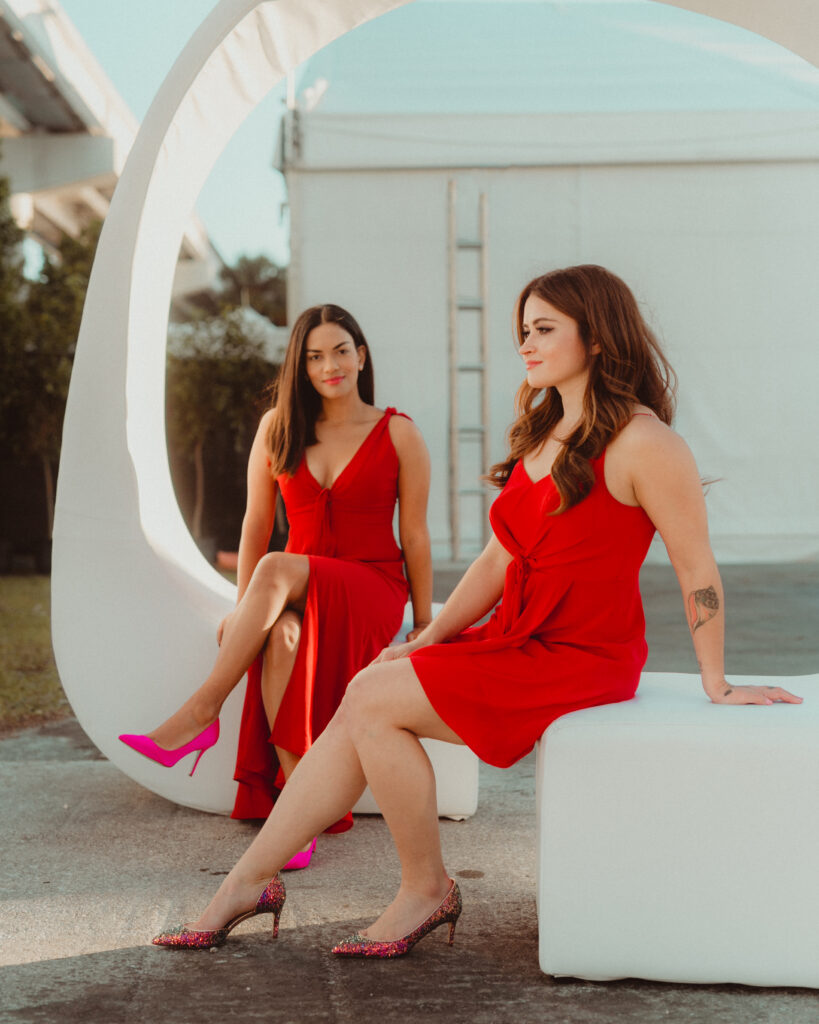
It’s no secret that being part of the art world can feel daunting, with some frequent hurdles including (not limited to) low salaries, sexism, toxic working environments and so much more. Salary transparency has recently been thrown into the mix with new legislation being put into place in New York City and a government pilot program in the U.K. geared to tackle the gender pay gap, but there’s still work to be done. Whether you are a gallerist, a writer, an artist, a publicist, an art dealer, or an auctioneer: it doesn’t matter. Navigating the art world can be overwhelming and challenging.
One thing is clear from my research and time spent in the art world: making it in the art world requires not only creative chops, the ability to pivot but also being able to moonlight as an entrepreneur at times. With all of the business books on the market, why aren’t more of them geared toward succeeding in the art world? Over the years, the dynamic duo behind Create! Magazine, PxP Contemporary, and Art Queens have worn many hats as artist, curators, and co-founders like. They echo the same, frustrated sentiments that there aren’t enough resources out there. To fill this void, Alicia Puig and Ekaterina Popova recently published The Creative Business Handbook: Follow Your Passions and Be Your Own Boss.
I had the pleasure of speaking with Puig and Popova about all things art world related, how forging your own path in the art world can open doors you never expected, as well as the best (and worst) advice they have ever received.
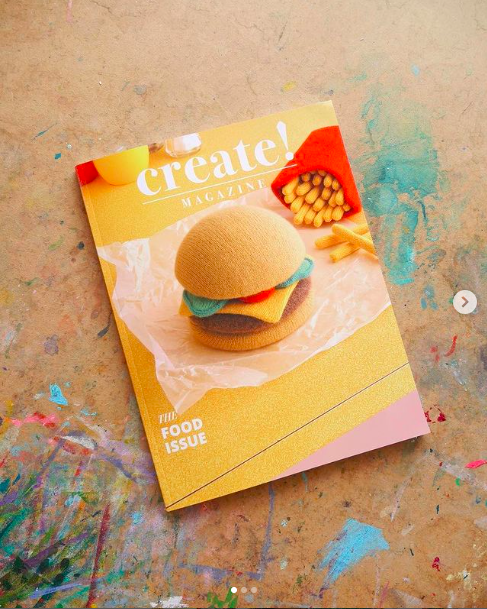
Founded in 2013 (originally as FreshPaint Magazine), Create! Magazine was born out of a need to provide emerging artists support and in turn you have created a diverse platform for the stories of artists, makers, and artpreneurs. For those on the go, you also share inspiring interviews and art career advice in weekly episodes of The Create! Podcast. What has changed for the magazine over the years?
Alicia Puig: Kat has such an intimate perspective of the company as its founder and CEO, but having worked alongside her on the magazine for over six years now, I think the one thing that I come back to again and again is how supportive our community is. It was a major turning point for Create! when we started to share tips and insight into how to build a sustainable career (both financially & emotionally) in the arts in addition to stories about artists and their work. There is no shortage of competition in the art world, yet as cliche as it sounds, we try to promote the idea that everyone can succeed in their own way. As such, we now offer a wealth of content not just for artists but by artists on what has worked for them in a wide range of topics from social media to raising prices to curating. That is one thing I’d like to believe has helped us grow over the years – that our readers and followers don’t just feel seen and supported, but welcome and empowered too.
Ekaterina Popova: Initially, my magazine featured emerging artists in a catalog-style format. However, as time progressed, we increased the depth of our content. We also began featuring creative entrepreneurs, curators, coaches, and other influential leaders in the art world. The magazine has expanded from a simple publication to a platform that includes career resources, interviews, advice, and even books and courses. Our goal remains the same – to offer support and visibility to emerging artists and connect them with art enthusiasts, curators, and collectors.
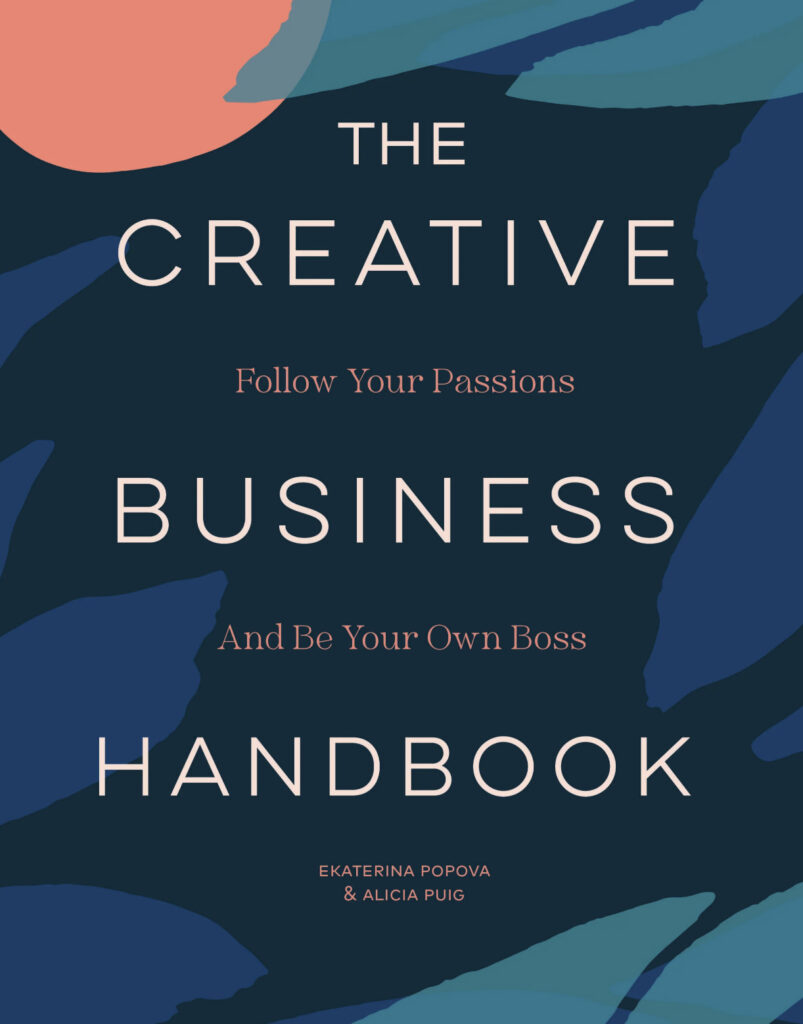
The term “artrepreneur” is becoming more commonplace and coming from the PR side of things, I’m seeing a lot of artists fall into the roles of not just artist but part curator, event planner, social media strategist and so much more. Of course, this is not always a bad problem as artists should have a say in the planning/execution process of an exhibition but there are only so many hours in a day for someone to wear all these hats! I’m curious to hear from your perspective, do you think that being an artist is enough? Or has being an artist now become synonymous with being an entrepreneur?
EP: In order to succeed in the art world, it’s important to have some knowledge of business and self-promotion. However, I made the mistake of taking on too many projects at once, such as curating and publishing in addition to being an artist. I learned the hard way that it’s best to limit yourself to no more than two projects at a time and to be aware of the risk of burnout. Remember that the reason we pursue art is because we love creating, so it’s essential to prioritize our time and energy for our true passions. Also, overcoming this illusion that business and art are separate I found a way to work with these two aspects of life. One cannot exist without the other as our society uses money and resources to exchange goods and services. The other frustrating part was that there seemed to be so much conflicting information out there, it would drive me crazy when trying to apply it to my own art career.
AP: Nowadays, I’d say it’s quite rare for an artist to be able to create art and live solely from that without having to engage in some level of business practices. If you’re able to find a gallery or agent to manage your career for you, that’s amazing (assuming it truly is a mutually beneficial relationship). There’s no one way to be a practicing artist, you simply have to find what works for you.
For us, however, we ended up having to forge our own paths in the arts out of necessity. Early in my career, one gallery job or one writing gig or one curating role wasn’t usually enough to pay the bills so I often worked two, three, or four jobs to make ends meet. Yes, it does get frustrating occasionally and it requires a delicate game of balance to stay on top of everything. However, it also means we have control over our careers in a way artists from previous generations simply didn’t. Murals, brand deals, licensing, finding collectors via social media, etc – it’s exciting seeing so many artists achieving success and financial independence outside of the traditional gallery system considering it was never going to be able to support all of the incredibly talented artists out there anyway.
There are so many business books out there, say for the budding app developer, but not a lot of business books geared towards creatives, especially in the art world. What would you say is the hardest part of being an entrepreneur that is often overlooked?
EP: When we wrote The Creative Business Handbook, we wanted to offer a clear, simple blueprint to help others on this journey avoid confusion and overthinking and have clear steps to put their idea out into the world and get paid.
AP: As Kat said, one of the reasons we wrote The Creative Business Handbook was to break down each step of starting a business so that it no longer seems as daunting as it may initially sound. While the focus is practical tips and tools and resources, we also fully acknowledge that emotions and mindset are key as well. Especially when you’re a solopreneur, you can end up putting an intense amount of pressure on yourself. But this is the easiest and fastest way to stifle your superpower – creativity! We know not everyone would expect these topics in a business book, but for us it was important to also talk about burnout, setting boundaries, developing leadership skills, and self-identifying your strengths and weaknesses.

A lot of people who have a hobby they want to grow into a business are so burnt out from work or are juggling too much to put equal time into growing a passion from a hobby to a business. For people who are caught in this cycle, what is the first step you would take to make this transition?
EP: For me, it was recognizing that I cannot compare my journey to that of other people and focusing on what I can do with the time available. When I made the decision that dedicating 30 minutes a day, and more on my days off, is sufficient for making progress, my journey transformed into a marathon rather than a sprint. As a result, I began to gain traction without compromising my mental health. It is crucial to respect the phase you’re in and remember your goals. Nobody signs up for this to end up burnt out. We pursue our passions to cultivate balanced, joyful, and deeply fulfilling lives. Hence, honoring time off is just as significant as showing up to do the work.
AP: I read a book a while ago that talked about how we tend to assume that most entrepreneurs are risk-takers when that’s not necessarily the case. Not everyone takes big leaps; sometimes, perhaps even most of the time, it’s a series of small, calculated steps that lead to growth. I don’t think either of us expected our businesses to take off right away so we planned for that. We kept day jobs for a while to set ourselves up with savings before quitting, created other sources of income, and knew the importance of working on our businesses as often as we could even if it was only for five or fifteen minutes in a day.
For more practical advice, I’d say try to automate as much as you can. That could be social media posts, email blasts, or even parts of your sales or creative process. Then, don’t be afraid to ask for support from family and friends, or to negotiate down your hours/responsibilities at work (if possible) once your business begins growing.
For students or young professionals who are just starting out in the art world, it can feel pretty daunting. For instance, in New York alone, there are many institutions, galleries, art focused non-profits, the list goes on and on! What advice would you give to someone who is trying to find their footing in the art world?
EP: It’s important not to worry excessively about being “accepted,” but rather to carve out your own place in the industry. This can be achieved by cultivating self-awareness, understanding your individual strengths and weaknesses, and being open to the contributions you can make. Adopting an approach of “creating what you wish existed” can open up numerous opportunities and even eliminate competition. That being said, in the beginning, it’s beneficial to expose yourself to galleries, museums, and other venues by attending events and considering volunteering.
AP: Start networking as early and as often as you can. Only a small handful of the jobs and opportunities I’ve gotten resulted from submitting to an open position I’d seen online.
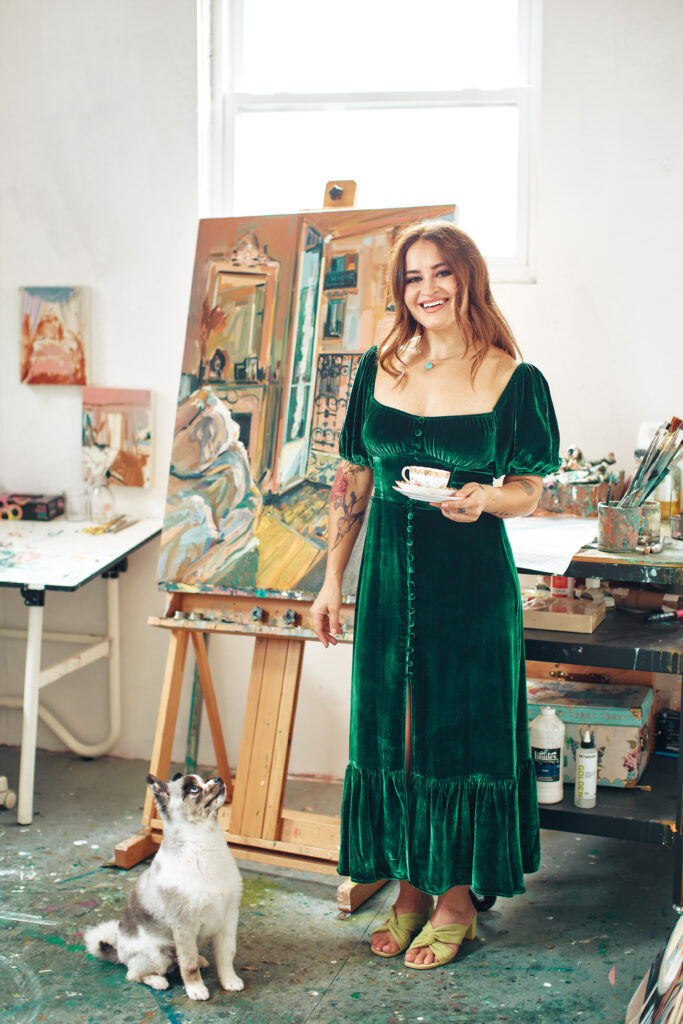
What is the best and worst piece of advice that you’ve ever received?
AP: For the best advice, I’ll give credit to my mom who would always encourage me to ‘chunk it down’ when I came to her spiraling about how I was going to finish a big project. Simple advice that’s easy to forget, but has since helped me complete major projects – like us writing our book in three months!
A few graduate school professors expressed concern that I wasn’t attending enough guest lectures because I was too busy with my internships and a part-time job. I wasn’t on a scholarship though, so I definitely needed to be working while studying, and most importantly, one of my internships turned into my first full-time position in the art world two weeks after graduating.
EP: The best advice I received was to think bigger and not restrict myself to my current circumstances. I continue to apply this advice to both my art and business.
The worst advice I ever received was to use less pink in my work because “no one buys pink paintings.” Ironically, one of those pink artworks went viral and helped me make a breakthrough.
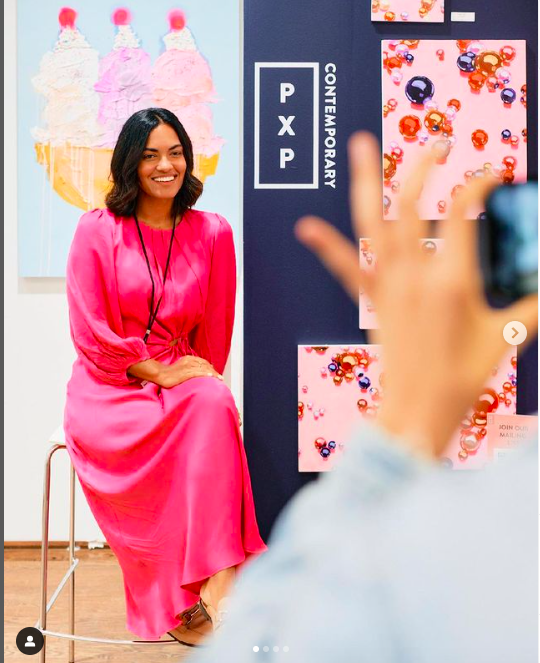
What else is coming down the pipeline?
EP: We are thrilled to bring our platform to life by curating juried shows and offering in-person opportunities, thanks to our friends at Paradigm Gallery in Philadelphia. We have dedicated a significant amount of time to building a virtual community and resources, so expanding beyond the confines of the screen is truly exciting!
AP: We’ve slowed things down for the summer. I think we’ve earned a little break. In the fall and beyond, definitely more fabulous issues of Create! Magazine, more exciting interviews with emerging artists, more in-person exhibitions, and hopefully, more books too! There’s no shortage of ideas, only time.
Order The Creative Business Handbook: Follow Your Passions and Be Your Own Boss.
You Might Also Like
What's Your Reaction?
Alexandra Israel graduated from Bates College in 2010. A museum aficionado since her introduction to Jean Dominque Ingres' portraits as a small child, she enjoys spending her free time at museums and finding off-the-beaten-track gallery shows. Israel has been working in PR for over seven years, primarily within book publishing and in the art world. She has held positions at Penguin Book Group, Aperture Foundation, and Third Eye among others. l Instagram l

